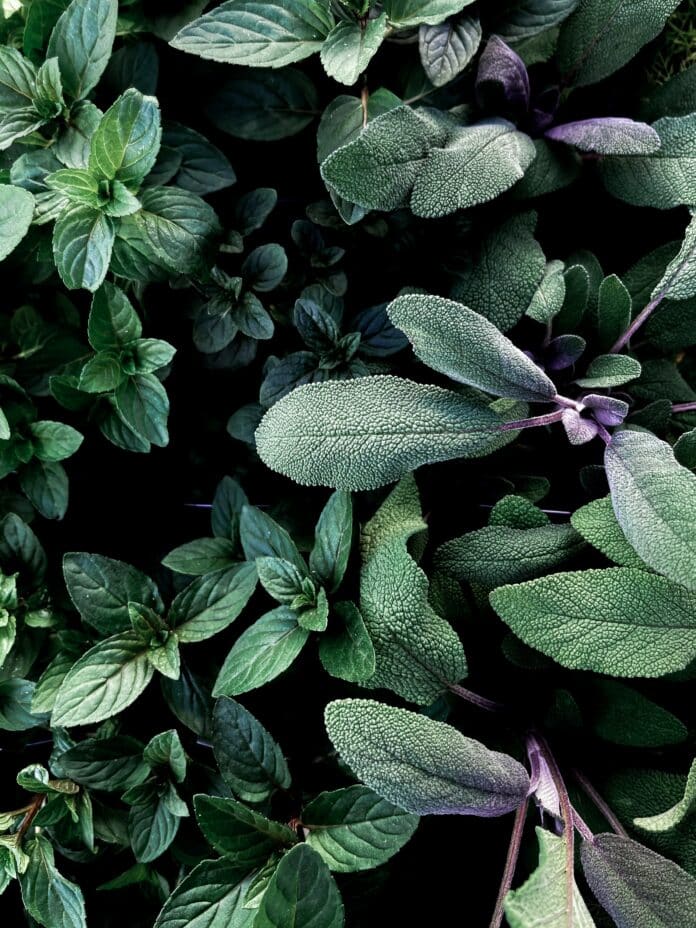HISTORY:
The people who lived in ancient times associated sage with immortality, or longevity in life. Many credited the plant with increasing ones mental capacity and ability to attain wisdom.
In these times, immortality was central to philosophical reflections on one’s soul, happiness, value and divinity. With this in mind, people were consuming sage on a regular basis.
During the tenth century, at a medical school in Italy, a saying was created, “Why should a man die, when he can go to his garden for sage?”
Native Americans have been known to use this plant specifically for medicinally purposes for hundreds of years. They mix the herb with bear grease for a salve that is used to cure skin sores.
Americans back in the 1800s claimed that sage cured warts. But, claims were also made that the plant cured for insomnia, measles, seasickness and epilepsy. Sage was thought to be especially good at stopping the flow of urine, milk, saliva and, most of all, perspiration.
USES:
Sage’s culinary talent earns the herb a place in your home as well as in your garden. The plant has both ornamental and medicinal value!
For medicinal purposes, the volatile oils and tannins in sage are thought to account for the plants’ reputation for drying up perspiration. There is product in Germany, made from sage that is labeled as an antiperspirant. Sage oils have antiseptic, astringent and irritant properties. This also makes sage useful in treating sore throats, mouth irritations and possibly minor cuts and bruises. Experiments in 1939 showed that the plant has estrogenic properties, which may have some connection to the herb’s reputed ability to dry up milk. Research has also shown that sage lowers blood sugar in diabetes, when consumed properly.
For culinary uses, sage’s taste is very unique. The herb has a very strong aroma that has been described as lemony and pleasantly bitter.
Sage leaves are often eaten in fresh salads, cooked into all kinds of foods such as omelets, fritters, soups, marinades, sausages, stuffing, you name it! Flavored sages, like Pineapple Sage and Clary Sage, can be a substitute for regular sage with almost any food.
In Yugoslavia to this day, fields of sage are planted and harvested like wheat or hay, three crops a year, for cooking.
Common sage varieties:
Blue Sage (Salvia Clevelandii)
Pineapple Sage (S. elegans)
Mexican Bush Sage (S. leucantha)
Golden Sage (S. officinalis ‘Aurea’)
Dwarf Sage (S. officinalis ‘Dwarf’)
Holt’s mammoth Sage
(S. officinalis ‘Holt’s Mammoth’)
Purple Sage* (S. officinalis ‘Purpurea’)
*Photo below
Tricolor Sage (S. officinalis ‘Tricolor’)
Clary Sage (S. Sclarea)
Scarlet sage (Salvia splendens)

